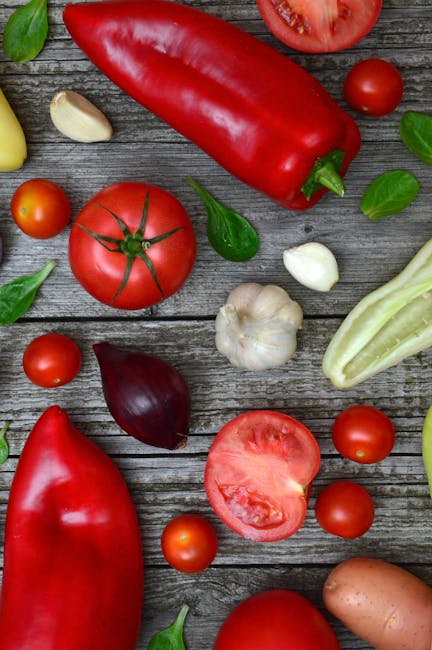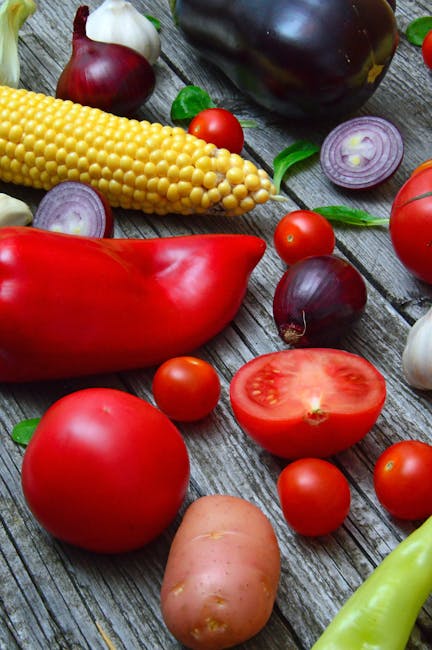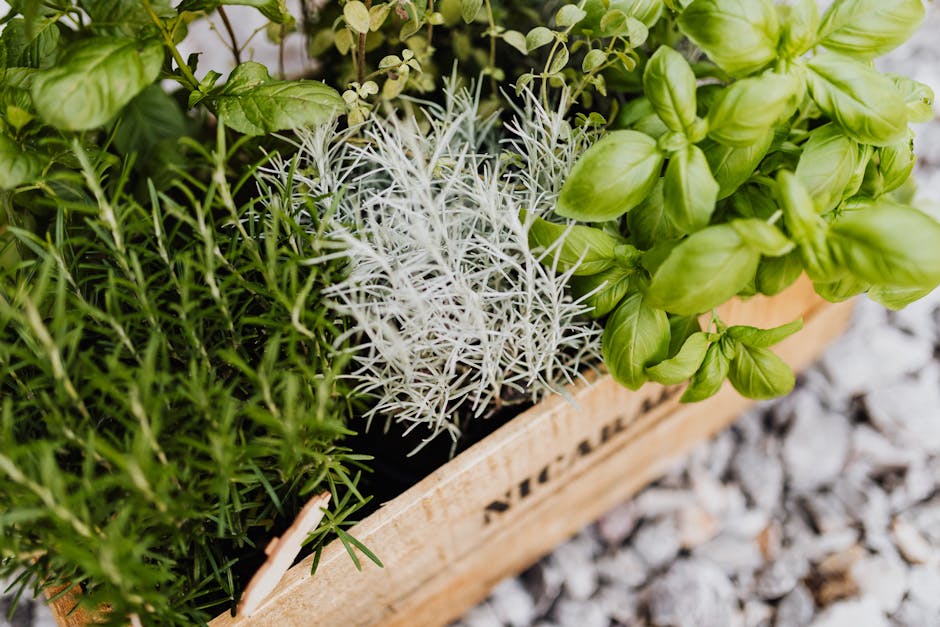How to Harvest Parsley & Keep It Growing: A Comprehensive Guide for Abundant Herbs
Understanding Parsley Growth for Continuous Harvesting
Parsley, a culinary staple appreciated for its vibrant green color and distinctive flavor, is a surprisingly resilient herb. Unlike many annuals, parsley can thrive for several years, providing a continuous supply of fresh leaves if harvested correctly. This comprehensive guide details the best techniques to harvest parsley without sacrificing its future growth, ensuring a bountiful supply for your cooking adventures.
The Importance of Proper Harvesting Techniques
The key to continuous parsley growth lies in understanding the plant’s growth habits. Simply ripping off leaves can damage the plant, reducing its ability to produce new growth. Instead, employ selective harvesting, targeting specific stems and leaves while minimizing stress on the main plant structure.

Harvesting Methods for Maximum Yield
Method 1: The “Cut-and-Come-Again” Method
This is the most popular and effective method for continuous harvesting. It involves cutting the stems just above a pair of leaf nodes, about a third of the way down the stem. This encourages branching and new growth from lower nodes, resulting in a bushier, more productive plant. Avoid cutting too close to the crown, as this can damage the plant’s growth point.
- Ideal Timing: Harvest in the morning after the dew has dried, when the essential oils are most concentrated.
- Tools: Use sharp scissors or pruning shears for clean cuts to prevent tearing or bruising.
- Amount to Harvest: Remove no more than one-third of the plant’s foliage at any one time to allow for recovery.
Method 2: Selective Leaf Picking
For small amounts of parsley, you can selectively pick individual leaves. Choose mature leaves from the outer part of the plant, avoiding the tender new growth in the center. This method is less disruptive than cutting entire stems, but it is more time-consuming.
- Ideal for: Small-scale harvesting or when you only need a small quantity of parsley.
- Caution: Avoid pulling leaves, as this can damage the stem and surrounding leaves.
Method 3: Harvesting Entire Stems
Occasionally, you may want to harvest entire stems, particularly if the plant is becoming overgrown or leggy. Cut the stems near the base of the plant, allowing new growth to emerge from the remaining base. This is a more drastic approach, but effective for revitalizing older plants.
- Ideal for: Overgrown or leggy plants, or when you need a significant amount of parsley.
- Post-Harvest Care: Water and fertilize the plant after harvesting to encourage new growth.
Factors Affecting Parsley Growth and Harvesting
Sunlight
Parsley thrives in full sun to partial shade. Six to eight hours of sunlight per day is ideal for optimal growth. Too much shade can lead to weak, leggy growth, while too much sun can scorch the leaves.
Watering
Consistent moisture is crucial for healthy parsley growth. Keep the soil evenly moist, but not waterlogged. Allow the top inch of soil to dry slightly between waterings. During hot and dry periods, increase watering frequency.
Soil
Well-drained, fertile soil is essential. Amend heavy clay soils with compost or other organic matter to improve drainage and aeration. Parsley prefers slightly acidic to neutral soil (pH 6.0-7.0).

Fertilizing
Regular fertilization encourages vigorous growth. Use a balanced, slow-release fertilizer or a liquid feed diluted to half strength every few weeks during the growing season. Avoid over-fertilizing, as this can lead to lush foliage at the expense of flavor.
Pest and Disease Control
Parsley is relatively pest-resistant, but occasional problems can occur. Common pests include aphids, leaf miners, and caterpillars. Monitor your plants regularly and address any pest problems promptly. Organic pest control methods are preferable.
Preserving Your Harvest
Proper storage is essential to maximize the shelf life of your harvested parsley. Fresh parsley can be stored in the refrigerator for several days. Wash and gently dry the leaves before storing them in a plastic bag or airtight container lined with paper towels. For longer storage, consider freezing or drying.
Freezing Parsley
Blanch the parsley leaves briefly in boiling water before freezing to retain color and flavor. Allow them to cool completely, then package them in freezer bags or ice cube trays.
Drying Parsley
Air drying is a simple method for preserving parsley. Bundle small bunches of parsley and hang them upside down in a cool, dark, and well-ventilated area. Once completely dry, crumble the leaves and store them in airtight containers.

Troubleshooting Common Parsley Problems
Yellowing Leaves
Yellowing leaves can be caused by several factors, including nutrient deficiencies, overwatering, or pest infestations. Check the soil moisture level, fertilize if needed, and look for signs of pests.
Bolting
Bolting occurs when the parsley plant produces flower stalks. This often happens when the plant is stressed by heat or drought. Harvesting regularly and providing consistent moisture can help prevent bolting.
Leggy Growth
Leggy growth can be caused by insufficient sunlight or overcrowding. Ensure your plants have enough space and adequate sunlight.
Conclusion: Embrace the Abundance
By following these guidelines, you can enjoy a continuous harvest of fresh, flavorful parsley for months, even years. Remember that consistent care, proper harvesting techniques, and attention to the plant’s needs will ensure a rewarding and abundant harvest, bringing the fresh taste of parsley to your kitchen all season long.





